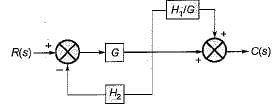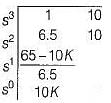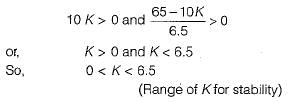Test: ESE Electrical - 3 - Electrical Engineering (EE) MCQ
30 Questions MCQ Test - Test: ESE Electrical - 3
The current in a 100 μF capacitor is shown in fig. If capacitor is initially uncharged, then the waveform for the voltage across it is:
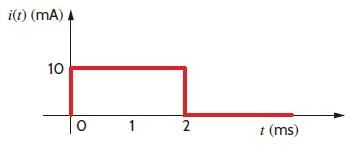

The voltage across a 100 μF capacitor is shown in fig. The waveform for the current in the capacitor is:

Which of the following is true about the circuit shown below?
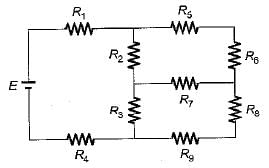

In the circuit of fig. v∞ = 0 for t > 0. The initial condition are v(0) = 6V and dv(0) /dt =-3000 V s. The v(t) for t > 0 is
Circuit is shown in fig. Initial conditions are i1(0) = i2(0) =11A
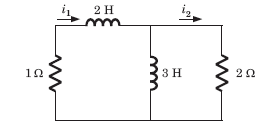
i1 (1s) = ?
If the load impedance is Z∠Ø, the expression obtained for current (IY) is?
The three impedances Z1 = 20∠30⁰Ω, Z2 = 40∠60⁰Ω, Z3 = 10∠-90⁰Ω are delta-connected to a 400V, 3 – Ø system. Find the line current I1.
Find the force between 2C and -1C separated by a distance 1m in air(in newton).
Two charges 1C and -4C exists in air. What is the direction of force?
The sampling of a function f(t) = sin(2πf0t) starts from zero-crossing. The signal can be detected, if sampling time T is:
X(z) has poles at z =1/2 and z =-1.If x [1] = 1 x [-1] = 1, and the ROC includes the point z = 34. The time signal x[n] is
The z-transform of a signal x[n] is given by
If X (z) converges on the unit circle, x[n] is
Given the transform pair
Determine the Laplace transform Y(s) of the given time signal in question and choose correct option.
Q.
Given the transform pair
Determine the Laplace transform Y(s) of the given time signal in question and choose correct option.
Q. y(t) = e-t x(t)
Consider a discrete-time periodic signal
with period N = 10, Also y[n] = x[n] - x[n-1]
Q. The fundamental period of y[n] is
Consider a continuous time periodic signal x(t) given by

Determine the Fourier series coefficient for given periodic signal x(t).
x(t) = sin2t
The figure given below shows the Fourier spectra of signal x(t) and y(t).

The Nyquist sampling rate for x(t) y(t) is_________.
If g(n) is a real valued sequence of 2N points and x1(n)=g(2n) and x2(n)=g(2n+1), then what is the value of G(k), k=0,1,2…N-1?
The anti-symmetric condition with M even is not used in the design of which of the following linear-phase FIR filter?
The anti-symmetric condition is not used in the design of low pass linear phase FIR filter.
The phenomena of ‘limit cycles’ and ‘jump resonance’ are observed in
The transfer function C(s)/R(s) for the system described by the block diagram shown below is given by:
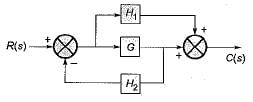
In time domain specification, the time delay is the time required for the response to reach
The open loop transfer function of a unity feedback system is 
What is the range of value of K so that the closed loop system is absolutely stable?
Assertion (A) : An addition of real pole at s = - p0 in the transfer function G(s)H(s) of a control system results in the increase of stability margin.
Reason (R) : An addition of real pole at s = - p0 in the transfer function G(s)H(s) will make the resultant root loci bend towards the right.
Gain crossover frequency is the frequency at which the gain of G(jω) is
























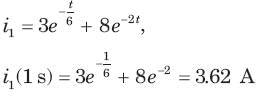
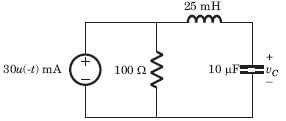









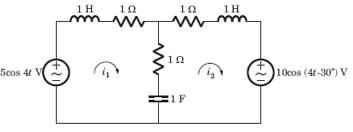




 .
.


